Birds, Butterflies, and Plants
The Palestinian climate is known for its mild winters and warm summers. Growing up, my father used to tell me stories about tourists from the Arab Gulf countries who used to spend their entire summer vacation in Palestine, running from the fiery hot summers in their homelands. After the Israeli occupation, tourists stopped coming, but birds did not, and plants and butterflies also decided to stay. In this article, I will take you on a short journey into nature to explore some of the species that can be observed only during summer in Palestine.
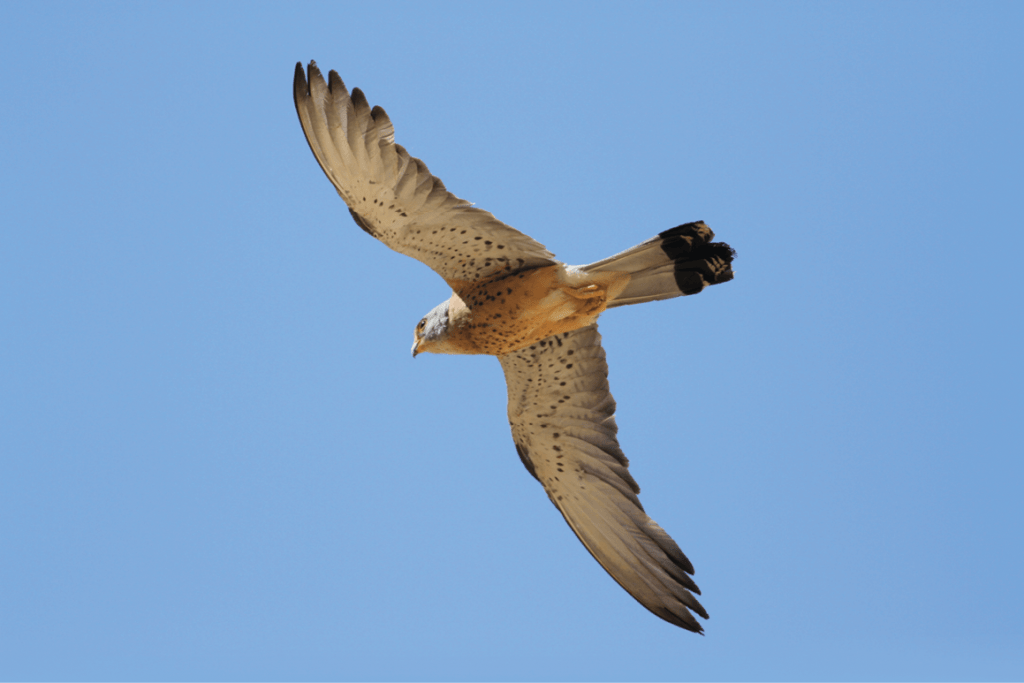
As our first station, we explore some of the summer visitor bird species that come to Palestine during the summer due to its suitable habitat and mild weather; they also find it a perfect place to breed and raise their chicks. The lesser kestrel, Falco naumanni, is a small falcon and a colonial summer breeder in Palestine. This relatively small raptor inhabits niches and cavities in walls and old buildings. Therefore, he can be spotted nesting in colonies in cliffs and quarries and at ancient monasteries such as Mar Saba (Wadi Kidron), the Mount of Temptation (Jebel Quruntul), and St. George (Wadi al-Qelt). Lesser kestrels arrive in Palestine during their spring migration. Some of them stay over the summer in Palestine and breed while others continue to migrate further up north to Eurasia. The courtship between males and females begins in late February and continues throughout March. Females lay their eggs in April, and the young fledge in June and July, which perfectly matches with the tourist season and makes their observation a special treat for birdwatchers and nature enthusiasts who want to see both adult and immature kestrels. Lesser kestrels feed mainly on large insects but also hunt small birds, mammals, and reptiles and can often be seen foraging in open semi-desert, grassland, and pasture areas. Later in the summer, they set their wings free to head south towards their wintering grounds in Africa.
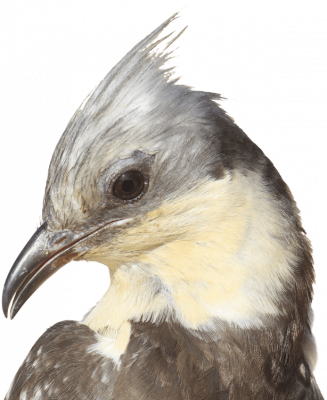
The turtle dove, Streptopelia turtur, is another common summer breeder in Palestine. Unfortunately, its numbers are decreasing dramatically due to the rapid loss of its foraging and nesting sites and because it is being hunted along its migration routes and in breeding areas. Every year, hunters are killing millions of turtle doves in the Middle East and Europe. This shy medium-sized dove with distinctly spotted wings and a black-and-white striped patch on its neck inhabits all Palestinian biogeographical zones except the extreme deserts. During their migration seasons, turtle doves can be seen all over Palestine, although they prefer the eastern areas, especially the Jordan Valley, during their spring migration. The turtle dove’s breeding season starts in mid-April, soon after their migration journey from Europe to Palestine, and extends to late summer, as some individuals have been recorded breeding in August. The female lays two eggs every season, and the chicks fledge after 15 to 18 days. Turtle doves hang about until September and then migrate southward, moving into warmer Africa to escape the colder Palestinian winter season.

Another distinct bird that can be seen in Palestine as a common summer breeder is the great spotted cuckoo, Clamator glaindarius. This restless bird inhabits areas with scattered trees, constantly hopping on the ground and making short flights. The great spotted cuckoo has a bold pattern, a grey-brownish back in adults, broad wings, and a narrow long tail. It is a parasitic bird, which means that it lays its eggs into the nests of a hooded crow rather than building its own. The great spotted cuckoo chicks secrete a repellent scent to keep away predators, which is a common interest for both species because the survival rate for the hooded crow’s chicks increases as well.
On our second station, we explore a unique butterfly, the swallowtail, Papilio machaon. With a wingspan of 6.5 to 7.5 centimeters, it is one of the largest butterflies that can be seen in Palestine. Females are slightly larger and brighter than males. The swallowtail is spotted easily due to its bright-yellow base, black veins on the wings, and red eyespots close to the tails. Its name is derived from the long black tail-shaped wings. The swallowtail can produce 3 to 5 generations a year during the spring and summer seasons, laying its eggs on fennel, carrot leaves, giant fennel, and Cretan anise. The eggs hatch into caterpillars that are green with orange and black markings and produce a foul smell to keep predators away. Once the caterpillars are large enough, they attach themselves to a tree, surround themselves with silky threads, and within up to 20 days – depending on the weight of the caterpillar – turn into the pupa phase. Lastly, in a process that is highly temperature dependent, a beautiful swallowtail emerges from the pupa. Swallowtails can be seen all over historical Palestine and in all climatic regions, including in the West Bank. They appear in large numbers in the central mountainous regions.
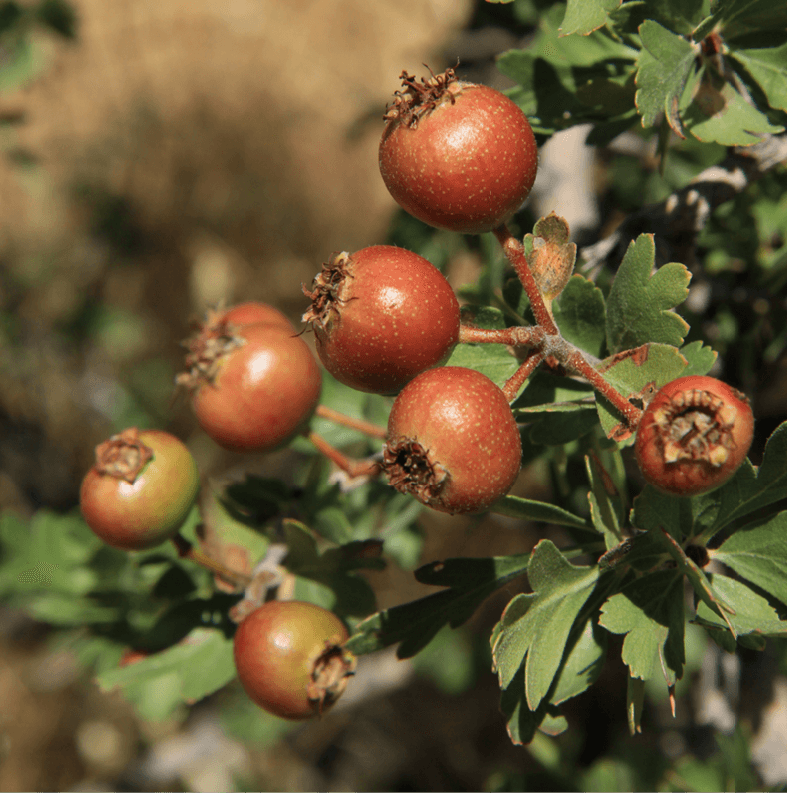
On our last station, we will shed light on some of Palestine’s summer plants. The first one is a Palestinian delicacy, the famous sumac (سماق), Rhus coriaria, that lives within the Mediterranean habitat. The sumac shrub develops its flowers in early spring, and its fruits start to appear in May, gradually ripening from green to deep red during August and early September. The origin of its name is Aramaic where it means “dark red.” The fruits are crushed and used as a spice (with a tart, lemony flavor). The Palestinian cuisine is rich with dishes that use sumac. It is a match made in heaven that the sumac and olive harvesting seasons take place concurrently, as they are the basic ingredients for the famous Palestinian musakhan, a traditional dish of onions that are caramelized in olive oil and covered with sumac, served on a special bread that has been dipped in olive oil. Unfortunately, sumac shrubs are decreasing in number at an alarming rate in Palestine, and their status is considered as “uncommon.”
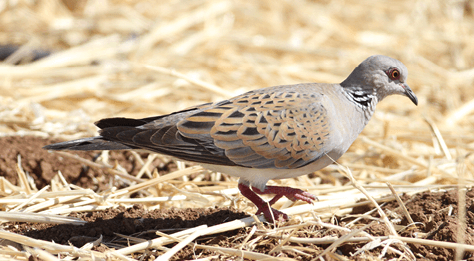
In contrast, the sticky fleabane (طيون), Dittrichia viscosa, is an annual plant species that is very common in Palestine and can be seen from mid-summer until mid-autumn. This herbaceous perennial Mediterranean plant from the daisy family is distinct due to its bright-yellow flowers. Because sticky fleabane has the ability to tolerate harsh conditions, it can be found even in semi-desert and desert climates. Sticky fleabane is a very important food source for caterpillars, butterflies, bees, and moths because it blooms while most other flora are dry. It is also famous for its medicinal properties and can be used to treat anemia, bruises and swelling, rheumatic pain, diabetes, hypertension, and renal diseases. Furthermore, recent studies have shown its importance as an indirect natural pest control in crops: sticky fleabane acts as host a plant of efficient predators or insects that feed on agricultural pests.
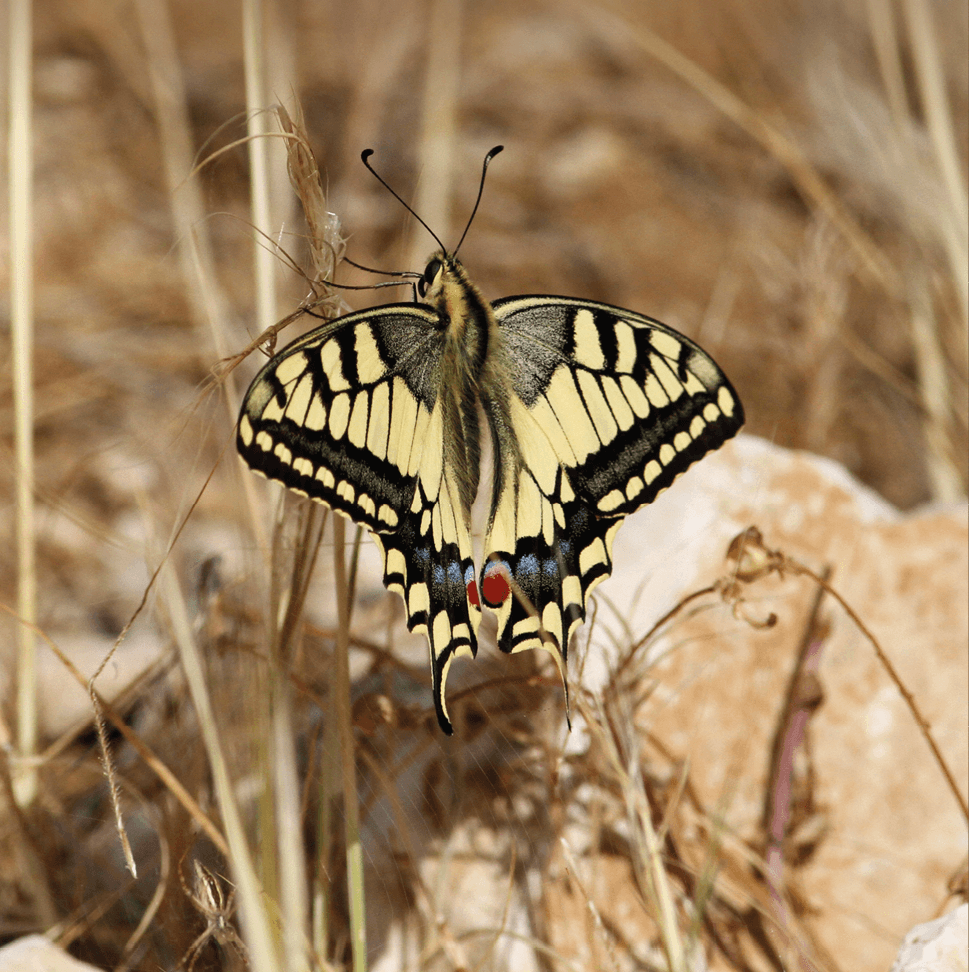
Spiny hawthorn (زعرور), Crataegus aronia, are low, spiny, dense trees found in the Mediterranean region, including Palestine. The spiny hawthorn is well known for its beautiful inflorescence, refreshing bloom, and tasty fruit. The tree blooms in March and April, and its spherical fruit ripen in October, turning from yellow to a dark red. It is better to shake the tree rather than handpick the fruit to avoid its nasty thorns. Its juicy, soft, and tasty fruit and an infusion of the spiny hawthorn’s flowers have medicinal properties. While the spiny hawthorn is a common species in the Mediterranean region, its population is continuously decreasing in Palestine.
Palestine’s natural wealth is not limited to one season, however, and I invite readers to come any time of the year to explore its unique treasures. Moreover, I cannot emphasize enough the importance of maintaining, conserving, protecting, and investing in these natural assets.
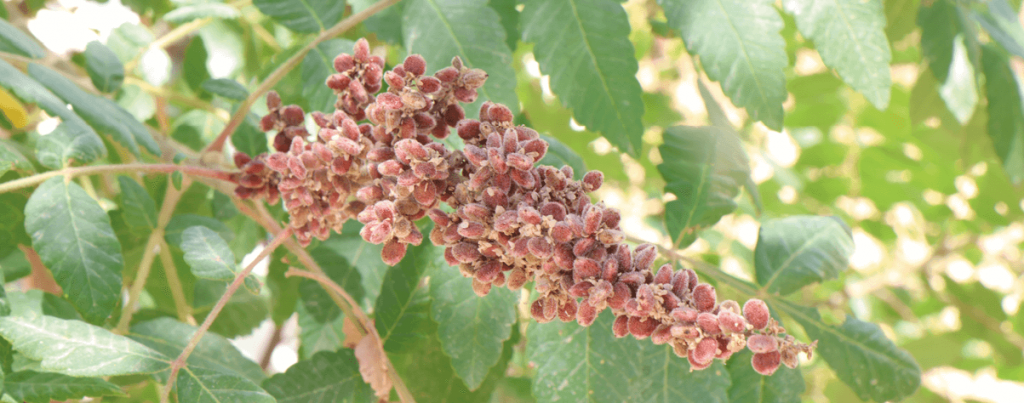
Acknowledgment: This article would not have seen the light without the information that was provided by Nature Palestine Society’s team, namely Dr. Anton Khalilieh (an ecologist and ornithologist), Johanna Gedeon (a plant taxonomist), and Elias Handal (an entomologist). My sincere gratitude goes to you for your collaboration.
Publish Date: August 2023
Birds, Butterflies, and Plants – This Week in Palestine
